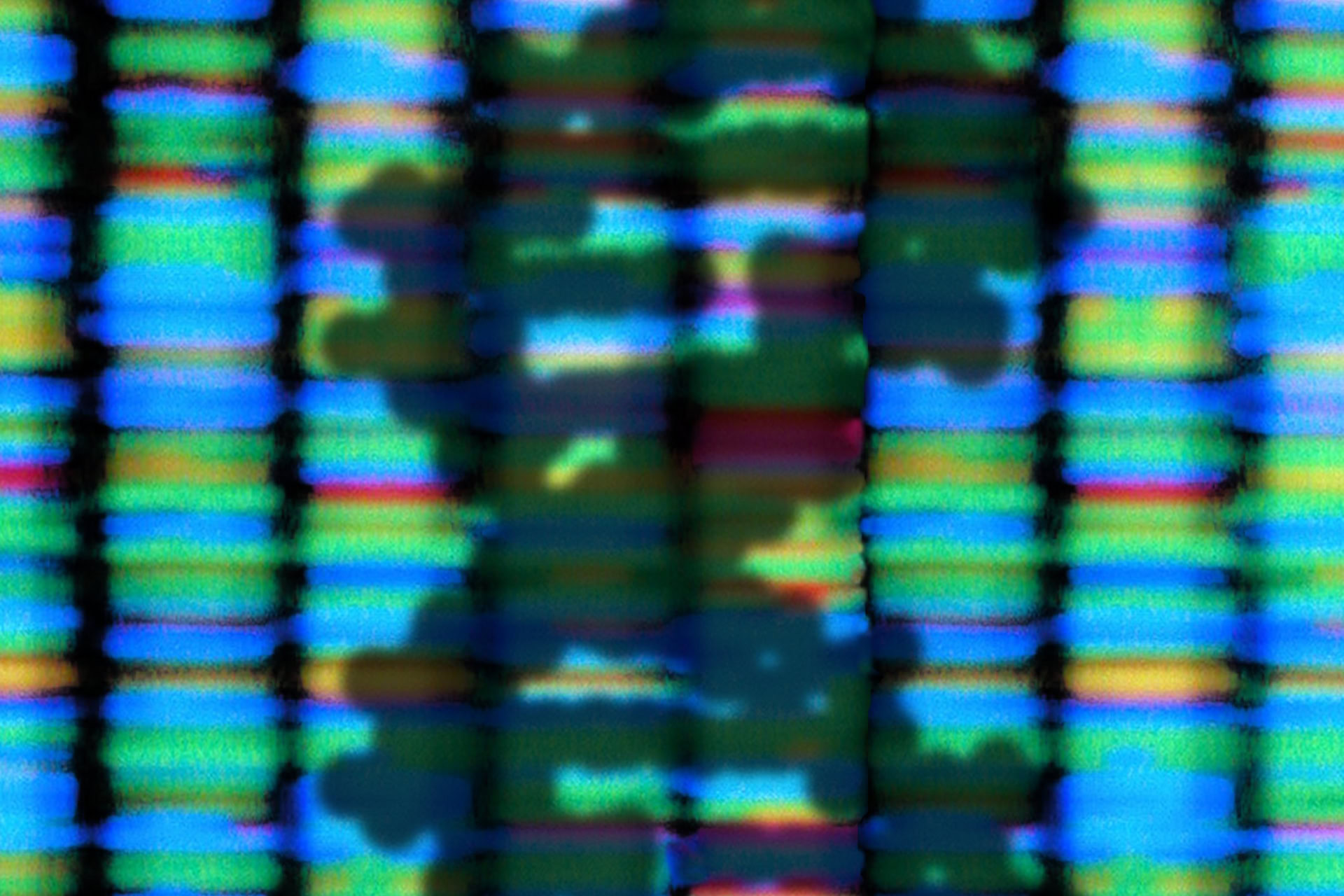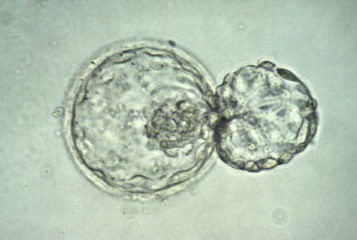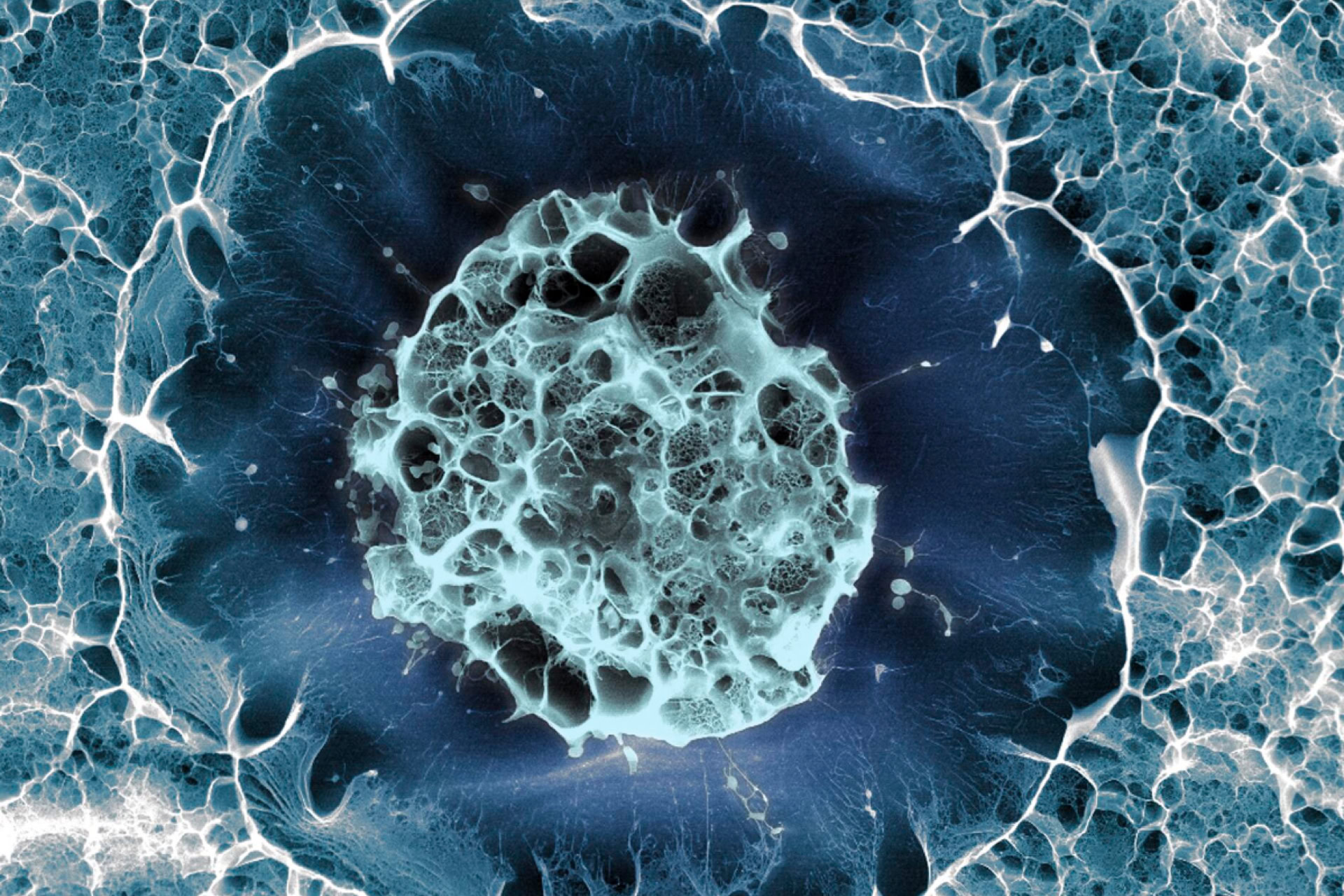Researchers studying the zebrafish have discovered how a certain type of stem cell, which produces all the blood cells in the body, is formed.
They believe that this will allow scientists to produce the blood-forming stem cells in the lab, raising the possibility of therapeutic use in people with blood cancers and immune conditions.
Haematopoietic stem cells (HSCs) are found in the bone marrow and are the source of all blood cells. They are already used to treat those with leukaemia but researchers believe that HSC transplants could help people with many types of blood disorders. Although they are self-renewing in the body, HSCs are notoriously difficult to produce in the lab. One of the main reasons for this is that their formation has, so far, been poorly understood.
'Potentially we could use these cells in many more ways than current transplantation strategies to treat serious blood disorders and diseases, but only if we can figure out how they are generated in the first place. Our study brings this possibility a step closer', said Professor Peter Currie, from the Australian Regenerative Medicine Institute at Monash University.
Zebrafish embryos are transparent, making it easy for researchers to observe their cells developing. Using high-resolution microscopes, Professor Currie's team found that HSCs require a 'buddy' cell to help them form. Dubbing these 'endotome cells', they realised that they were giving off chemical signals that stimulated HSC formation.
'Endotome cells act like a comfy sofa for pre-HSCs to snuggle into, helping them progress to become fully fledged stem cells. Not only did we identify some of the cells and signals required for HSC formation, we also pinpointed the genes required for endotome formation in the first place', Professor Currie said.
'The really exciting thing about these results is that if we can find the signals present in the endotome cells responsible for embryonic HSC formation then we can use them in vitro to make different blood cells on demand for all sorts of blood-related disorder', he added.
While fish may seem far removed from humans, Professor Currie told the Guardian that zebrafish 'make HSCs in exactly the same way as humans do', adding: 'It’s a sad fact of life that humans are basically just modified fish, and our genomes are virtually identical to theirs'.
Sources and References
-
Haematopoietic stem cell induction by somite-derived endothelial cells controlled by meox1
-
Stem cell research gets huge boost from Australian zebrafish discovery
-
Cell discovery brings blood disorder cure closer
-
Stem cell discovery: Australian scientists make significant find while studying zebrafish






Leave a Reply
You must be logged in to post a comment.